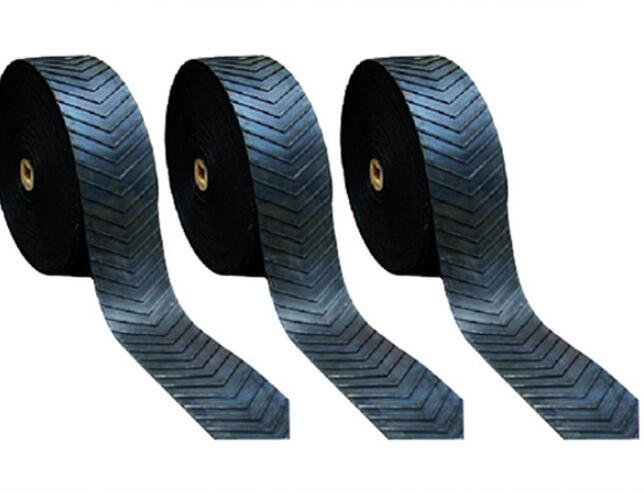The cement industry relies heavily on the efficiency of its material handling systems, and cement conveyor belts are a critical component of these systems. They are engineered to provide a reliable and cost-effective solution for moving large quantities of cement.
Design Considerations:
Load Capacity: Conveyor belts are designed to handle the weight of the cement being transported, ensuring that they can support the load without failure.
Speed Control: Variable speed controls allow for adjustments based on the specific needs of the operation, optimizing the flow of materials.
Environmental Protection: Many belts are equipped with covers or enclosures to prevent dust and other pollutants from escaping into the environment.
Benefits of Cement Conveyor Belts:
Increased Efficiency: They allow for a continuous flow of materials, reducing downtime and increasing the overall productivity of the operation.
Cost Savings: By minimizing the need for manual handling, conveyor belts can reduce labor costs and the risk of injury.
Customization: Belts can be tailored to the specific requirements of a facility, including the type of cement being handled and the layout of the plant.
As technology advances, cement conveyor belts are expected to incorporate more automation and smart monitoring systems. This will further enhance their efficiency and reliability, making them an even more integral part of the cement industry's operations.



